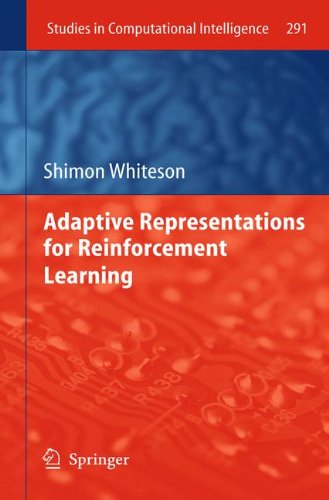

Most ebook files are in PDF format, so you can easily read them using various software such as Foxit Reader or directly on the Google Chrome browser.
Some ebook files are released by publishers in other formats such as .awz, .mobi, .epub, .fb2, etc. You may need to install specific software to read these formats on mobile/PC, such as Calibre.
Please read the tutorial at this link: https://ebookbell.com/faq
We offer FREE conversion to the popular formats you request; however, this may take some time. Therefore, right after payment, please email us, and we will try to provide the service as quickly as possible.
For some exceptional file formats or broken links (if any), please refrain from opening any disputes. Instead, email us first, and we will try to assist within a maximum of 6 hours.
EbookBell Team

4.8
84 reviewsThis book presents new algorithms for reinforcement learning, a form of machine learning in which an autonomous agent seeks a control policy for a sequential decision task. Since current methods typically rely on manually designed solution representations, agents that automatically adapt their own representations have the potential to dramatically improve performance. This book introduces two novel approaches for automatically discovering high-performing representations. The first approach synthesizes temporal difference methods, the traditional approach to reinforcement learning, with evolutionary methods, which can learn representations for a broad class of optimization problems. This synthesis is accomplished by customizing evolutionary methods to the on-line nature of reinforcement learning and using them to evolve representations for value function approximators. The second approach automatically learns representations based on piecewise-constant approximations of value functions. It begins with coarse representations and gradually refines them during learning, analyzing the current policy and value function to deduce the best refinements. This book also introduces a novel method for devising input representations. This method addresses the feature selection problem by extending an algorithm that evolves the topology and weights of neural networks such that it evolves their inputs too. In addition to introducing these new methods, this book presents extensive empirical results in multiple domains demonstrating that these techniques can substantially improve performance over methods with manual representations.